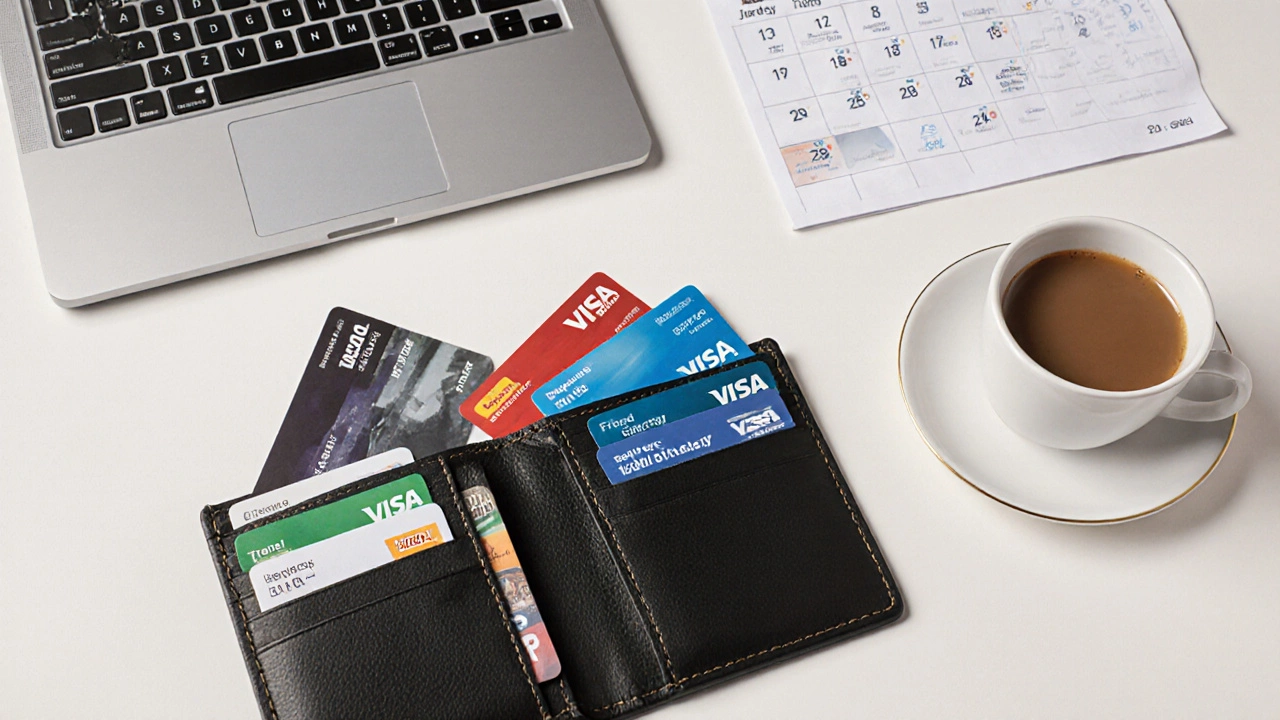Credit Utilization: What It Is and How It Impacts Your Credit Score
When you use a credit card or take out a loan, your credit utilization, the percentage of your available credit that you’re currently using. Also known as credit utilization ratio, it’s one of the most powerful factors in determining your credit score. Unlike income or job title, this number is entirely under your control — and it can make or break your chances of getting approved for a mortgage, car loan, or even a new credit card.
Your credit utilization is calculated by dividing your total credit card balances by your total credit limits. For example, if you have £5,000 in available credit across two cards and you’ve spent £1,500, your utilization is 30%. Most experts agree that keeping it under 30% helps your score, but the best results come when you’re below 10%. High utilization signals to lenders that you might be stretched too thin, even if you pay on time. It’s not about how much you owe — it’s about how much of your limit you’re using. This is why someone with £10,000 in debt but £50,000 in credit limits can have a better score than someone with £2,000 in debt but only £3,000 in limits.
It’s not just about your overall ratio. Lenders also look at how much of each individual card you’re using. If one card is maxed out, even if your total utilization is low, it can drag your score down. That’s why spreading spending across multiple cards isn’t always the fix — paying down balances completely is better. You can also request a credit limit increase to lower your ratio, but only if you don’t start spending more. And remember: your utilization is reported monthly, usually when your statement closes. Paying off your balance before that date can make a big difference.
Some people think paying off their balance every month means they don’t have to worry about utilization. That’s not true. If your issuer reports your balance before you pay it off, you’re still using that credit. The fix? Pay down your balance mid-cycle, or make multiple payments per month. You can also ask your issuer to report your balance on a different date — many will do it if you ask.
High credit utilization doesn’t just hurt your score — it can cost you money. A lower score means higher interest rates on loans, which adds hundreds or even thousands of pounds over time. A 750 credit score might get you a 4% car loan rate. A 650 score? You could pay 8% or more. That’s not just a number — it’s real money you’re throwing away.
And it’s not just credit cards. Revolving lines like overdrafts and personal lines of credit count too. Even if you never use them, having high limits can help — as long as you don’t max them out. The key is balance: enough credit to stay under 10%, but not so much that you’re tempted to spend more.
Below, you’ll find real, practical advice from UK finance professionals on how to manage your credit use, avoid common traps, and turn your utilization into a tool that builds your score — not breaks it. Whether you’re trying to qualify for a mortgage, fix a credit report error, or just sleep better at night, these posts give you the steps that actually work.

Having four credit cards isn't automatically bad-it's how you use them that matters. Learn when multiple cards help your credit score and when they become a financial burden.
Read More